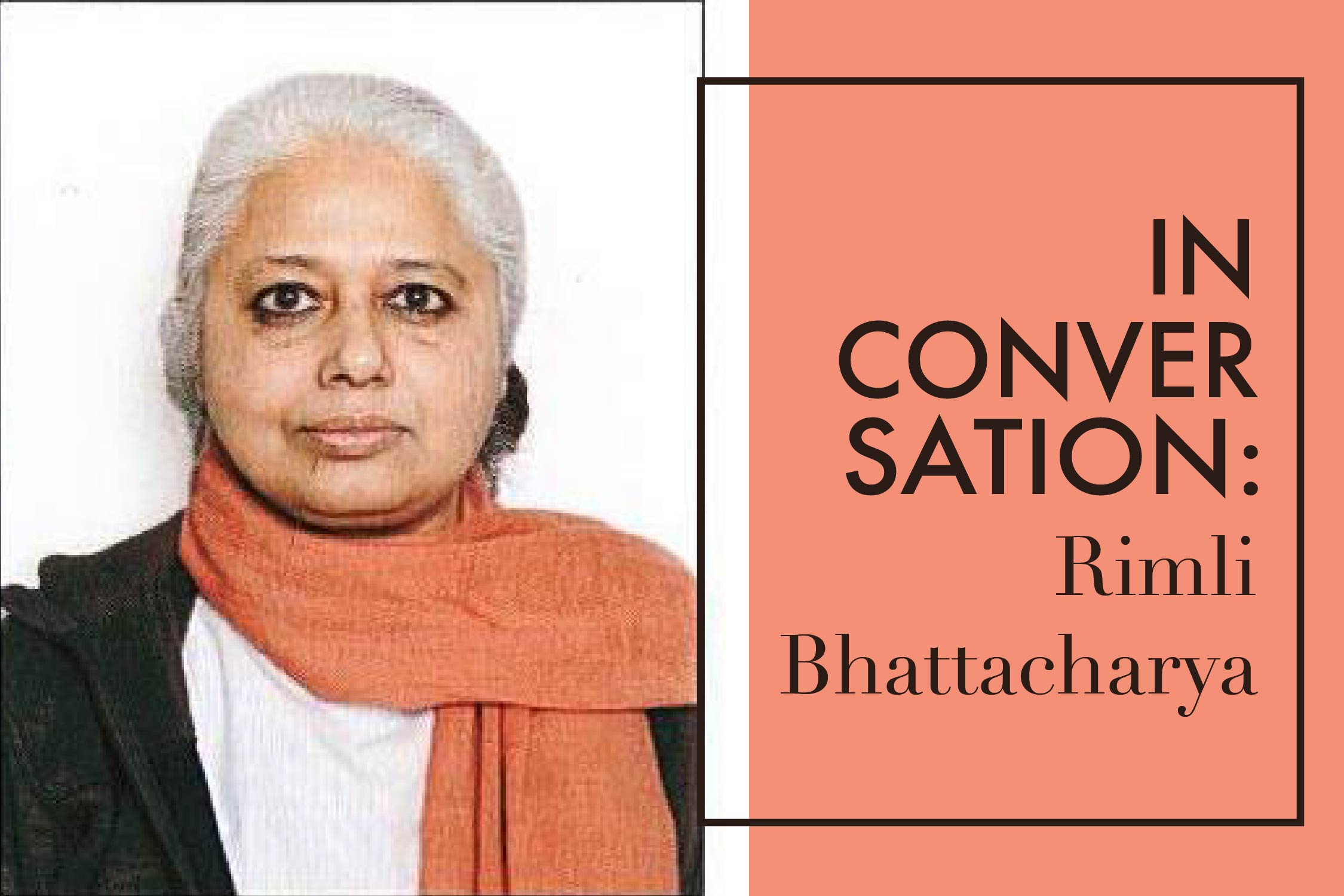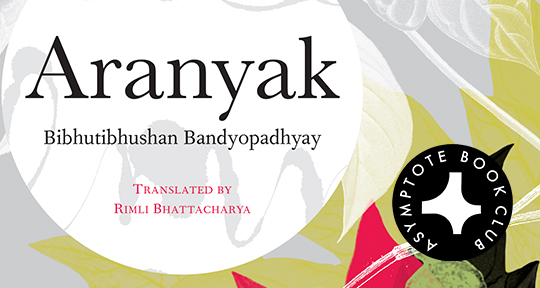Our second Asymptote Book Club interview is an in-depth discussion of Aranyak, a seminal work of Bengali literature translated into English by Rimli Bhattacharya.
In a wide-ranging conversation with Asymptote Assistant Editor Chris Power, Rimli Bhattacharya reflects on Aranyak’s enduring importance, how a bout of “language sickness” led to its translation into English, and why author Bibhutibhushan Bandyopadhyay’s “extraordinarily sensitive” portrayal of women was ahead of its time.
Chris Power’s review of the novel is available to read here.
Chris Power (CP): I’d first like to ask about the history of Aranyak’s reception. Bibhutibhushan Bandyopadhyay wrote this classic Bengali novel, based on his years spent in northern Bihar, between 1937 and 1939. What new significance does it take on in the twenty-first century? What inspired you to translate it? When did you first read it, and how has your reading of it evolved?
Rimli Bhattacharya (RB): Aranyak was serialized in the late 1930s—the same decade in which a clutch of other remarkable novels, such as Aparajito and Drihstipradip, were published. Bibhutibhushan Bandyopadhyay was already celebrated as the writer of Pather Panchali. The interesting thing about Aranyak is that many forests meld in the novel, not only Bibhutibhushan’s years in Bhagalpur in the 1920s, but also his travels in Singbhum and Mayurbhanj in Orissa in the mid-1930s, as his biographer Rusati Sen points out.


